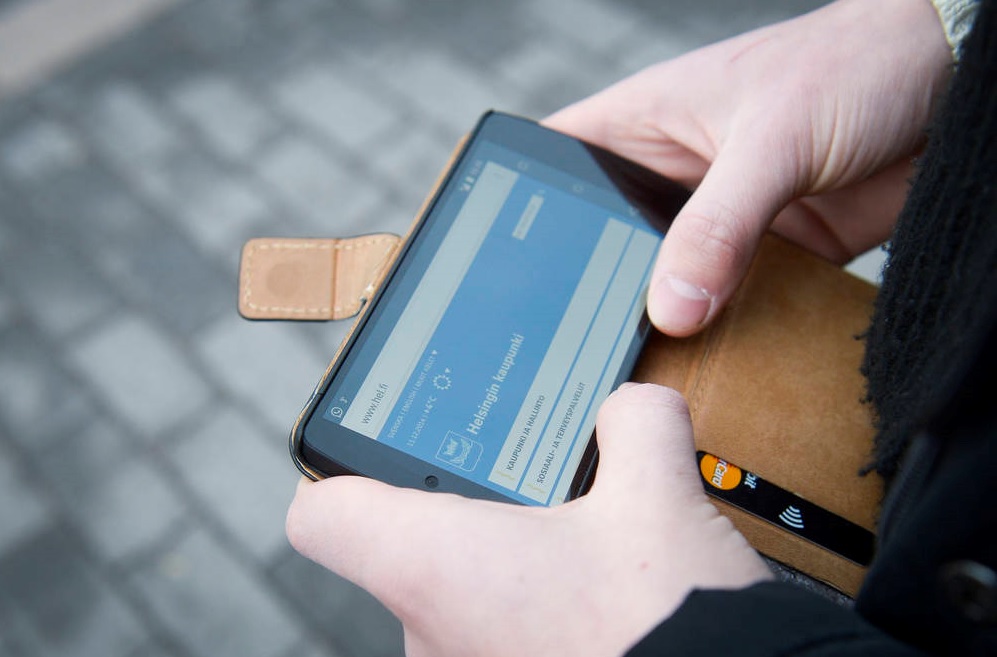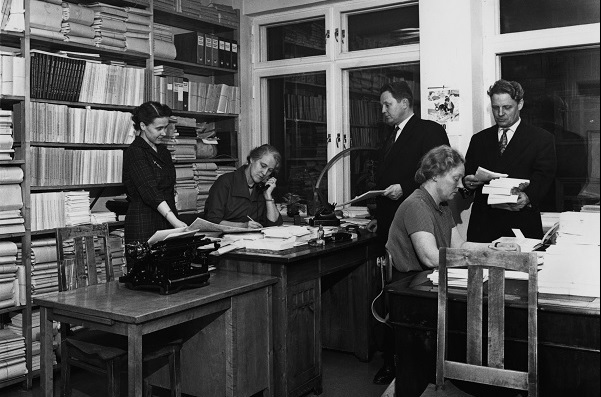Democratic infosharing and transparency
The past few years have seen such advances in the level of openness, transparency and efficiency within the local public administration in the Helsinki area that few would have imagined possible just a decade ago. Since 2011, when Helsinki launched its open data service HRI (Helsinki Region Infoshare), the Finnish capital has been at the forefront of European efforts to make public data available to the general public and to encourage the use of data for creating a better society.
Since then, the open data service operated jointly by four cities in the metropolitan area has published several hundred datasets for anyone to use free of charge. The types of data range from maps, statistics and estimates, to library loan data or public transport timetables.
Foundations of open city policies
To celebrate the virtues of open data is not to say that Finnish public administrations were closed or secretive even before the current data policies. For example, the detailed statistical databases describing the capital and its neighbourhoods have offered a wealth of useful information on the local population, job markets or housing to anyone with an internet connection ever since the late 1990s.

In fact, this early propensity to offer information to all citizens is likely to be one of the factors explaining why open data caught on so fast in Finland, and especially in the metropolitan area of Helsinki. When Helsinki, together with neighbouring cities Espoo, Vantaa and Kauniainen, adopted the current open data policy in 2010, it already had quite a lot to offer in terms of potential open datasets. At the time, a suitable licence allowing wide re-use of the data had to be tailor-made for HRI – later on, it became possible to adopt a more generic Creative Commons licence.
While the first datasets published by Helsinki as open data consisted largely of statistics and other strategically important data, recent years have seen a move towards operative data – that is, information touching the daily lives of the city’s residents and the services available to them. This has brought with it a great potential for new applications, making citizens’ everyday lives run more smoothly and to give them a better understanding of how the city works.
We can now follow on our mobiles the course of snowploughs liberating the city’s streets of snow in the winter, or track the availability of city bikes in real time in the summer. Among the early applications of open city data in Helsinki were the public transport route planners, which are still just as popular whether, offered free-of-charge by public authorities or as commercial apps.
Pushing transparency and openness to new boundaries
The decision by the City of Helsinki in 2014 to publish data about its public procurements pushed transparency and accountability in local government towards new boundaries. Any citizen now had the chance to analyse on a detailed level how the city departments spent the taxpayers’ money. Each purchase made by any city department had been recorded in the data.

Simultaneously, Helsinki also started offering a unique window into the decision making processes of its political bodies and the cabinets of the top civil servants. While the minutes of City Council, City Board and Committee meetings had been available online for several years, the new Ahjo system and its open application programming interface (API) enabled new solutions for tracking the course of an issue of interest to them as it progressed in the city’s decision making organs. Thanks to the open API, democracy activists were able to create easy-to-use mobile and online apps to help the browsing.
In the near future, we expect these applications to serve as practical tools for any citizen to take part in the discussions concerning new plans proposed by the city and to contribute their ideas for the development of Helsinki via different digital media.
That, however, is not the only benefit of allowing open access to the decision making processes. It has also brought a new kind of efficiency to the preparatory procedures within the city administration, eliminating, for instance, the risk that the same information is collated in two departments due to a lack of co-ordination. Access to other departments’ data allows city staff to easily obtain the information they need, instead of lengthy procedures of information requests. All of this is on top of the considerable savings that the paperless decision making system in itself had already introduced.
Another good example of how the city administration can use open data to make life easier both for itself and the citizens is the new Varaamo service which allows anyone to reserve public premises for their own use through an online application. The service is based on an open API conveying data about the availability of indoor spaces owned and managed by the city, ensuring a more efficient use of the public premises.
But no less important is the role of open data as a raw material to be tapped by private businesses. Especially when combined with other types of data originating from other sources, open public data has great potential to add value to the products of digital enterprises. Consider, for instance, the accessibility app BlindSquare, which enables visually impaired persons to navigate in a city, drawing on data from OpenStreetMap and Foursquare in addition to city data. This innovation by a Helsinki-based entrepreneur can thus be used globally in any location where active communities in the aforementioned geodata services exist.
Answers may be in the data, but good questions are the key
Making data and information available to the widest possible public is one of Helsinki’s top priorities in the forthcoming years, since it allows the participation of both private individuals and commercial enterprises in developing a better city. Nonetheless, a cornerstone of the Helsinki model for more than a century has been to foster the city administration’s own abilities to provide fact-based analyses and insights into the present state and development of the city.

The Urban Research and Statistics Unit (formerly Urban Facts) has a history dating back to 1911. At the time, its creation was triggered by the need to know more about the worryingly high morbidity and mortality rates in Helsinki’s poorer districts. The response to this practical need was to form an expert team within the city administration with the capacity to react to existing gaps in knowledge, but also to use the information to anticipate future policy focuses.
The need for reliable facts and knowledge to make better decisions for urban development has not disappeared. If anything, it has become more acute in the age of wicked problems and the proponents of ‘alternative facts’.
Helsinki is in a fortunate position because it has a solid base in statistical information, research and operative data, while it simultaneously strives to open more and more of its data systems to the public. Ideally, the experts in the city administration can join forces with active citizens to find the best possible solutions to the challenges that the city will face in future years. Data alone is not enough – we need to be able to formulate relevant questions to be answered with all the data.
Written by Timo Cantell and Teemu Vass
This article was originally published on the Pan Europe Networks web site in June 2017.
